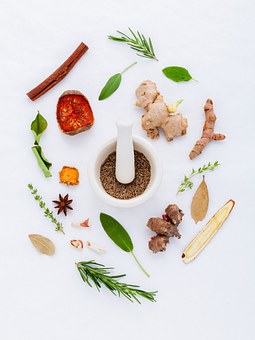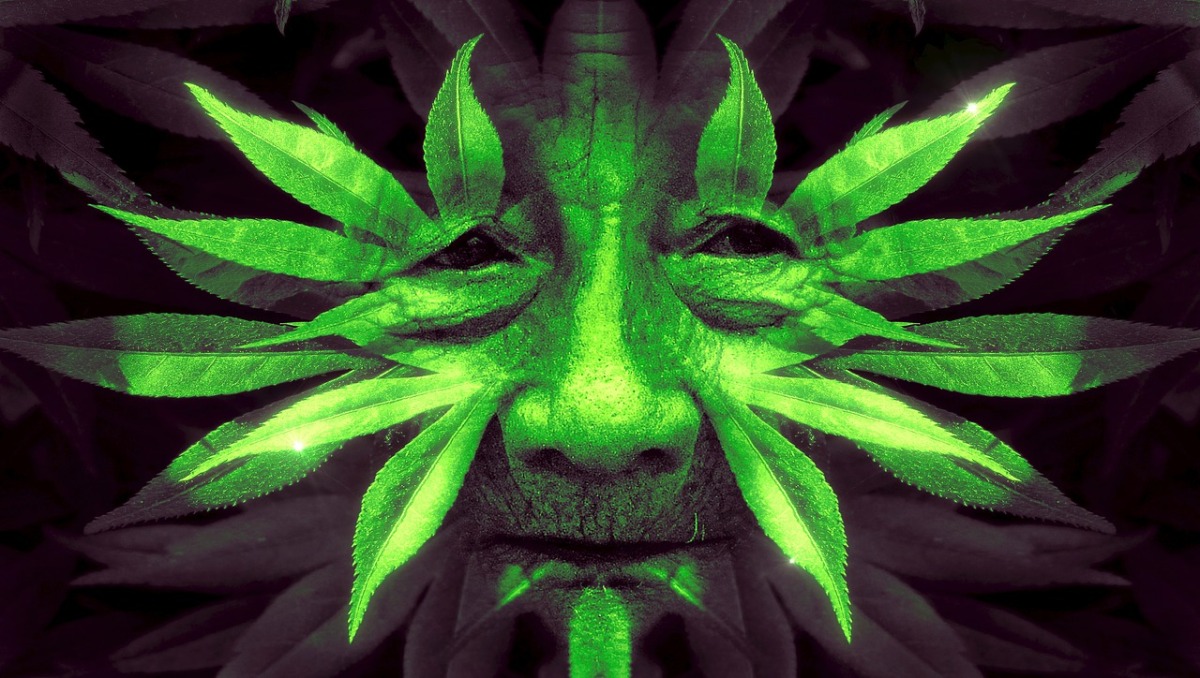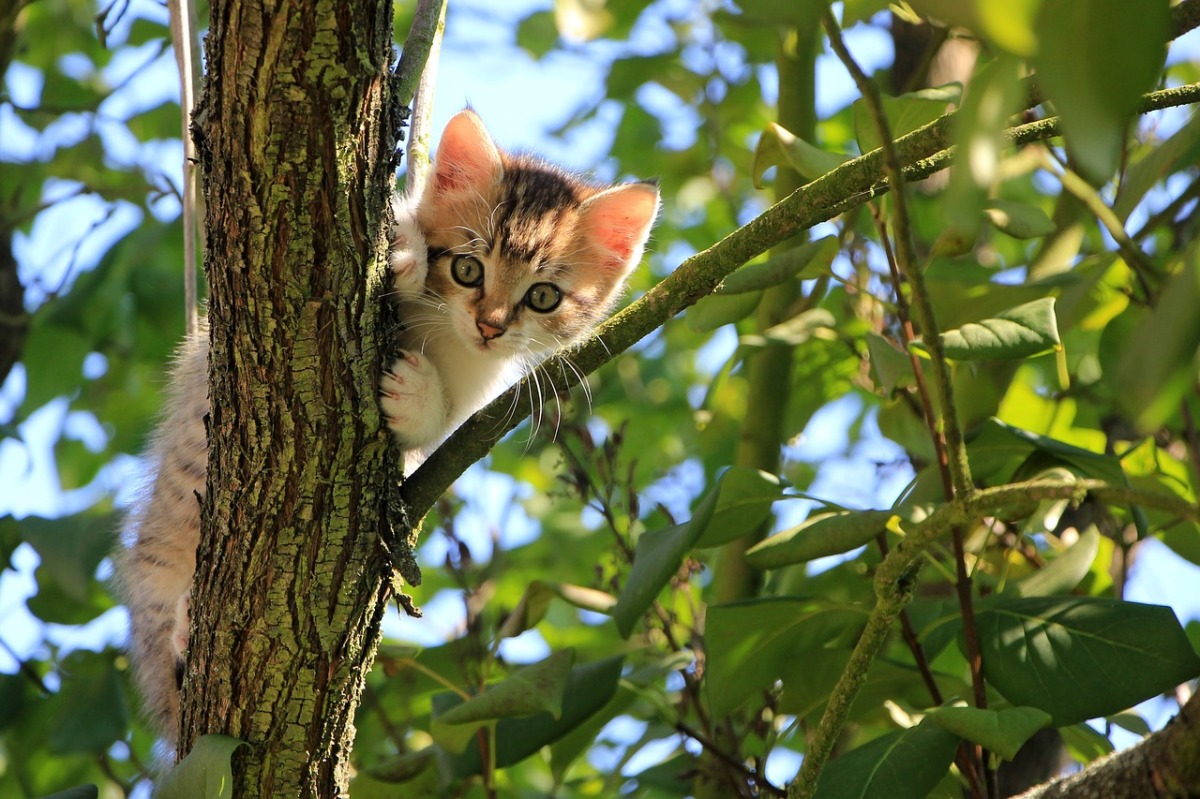Boswellia carteri
This essential oil is extracted from the gum resin of the bark of the frankincense tree. Its aroma is warm, rich, and slightly lemony. Most people recognize the scent of the oil from smelling incense and remember the biblical story of the three kings offering frankincense to the baby Jesus. The use of this oil dates back more than 4000 years. Both calming and uplifting, it brings reassurance and aids meditation. Frankincense has a powerful effect in clearing lung and nasal passages and can ease shortness of breath. It is also useful for sore throats and strengthening the immune system. In skin care, the oil has an anti-inflammatory effect making it an ideal choice for mature and dry skin.
Tag: years
Ginkgo
Ginkgo biloba
The famous herbal plant the ginkgo biloba L. or the gingko tree is the only extant member of the Ginkgoaceae family of plants, which used to contain many other species – that are all extinct now. The gingko herb existed in the Chinese mainland for more than 200 million years; it has a long historical and traditional use as an herbal remedy in the Chinese system of medication. Europeans were first introduced to the ginkgo plant in the year 1730. In the west, the gingko attained its fame as a popular ornamental tree in parks and gardens, where it is still used in this role in cultivated gardens all around the world.
Chinese Rhubarb
Rheum palmatum
Originating from northwest China and Tibet, rhubarb has been used in medicine for more than 2,000 years. Its use gradually spread through India, reaching Europe during the Renaissance overland via Asia Minor – hence the common name, Turkey rhubarb. Rhubarb was a favorite remedy with early Persian and Arabian physicians. The rhubarb grown for cooking and eating is usually R. rhabarbarum, an 18th-century cultivar.
Beans
Beans are ancient foods. Originating primarily in Africa and Asia and the Middle East, they spread over most of the globe, carried by nomadic tribes. They have been cultivated allover the earth for thousands of years. Evidence also suggests that many beans were first grown on the American continent. In North America, most of the dried beans commonly eaten are descendants of beans cultivated in Central and South America, seven thousand years ago.
Brown Mustard
Brassica juncea
Mustards have been cultivated for their seeds for over 5 000 years. White mustard is a native of the Mediterranean, central Asia, and North Africa. Brown mustard originated in Asia. Mustards, which are annuals, generally grow from 60 to 120 cm (2 to 4 feet) tall. Both mustards also grow in the wild as weeds.
A Garden of Healing Herbs
There are four main stages of untaming the medicinal garden, and they can be practiced simultaneously, after being developed gradually over a period of years. The first stage is to grow herbs in beds of rows, circles, geometric or random patterns, in much the same way as vegetables are grown. The garden bed has a definite role in many landscapes. It is easy to plan and care for, easy to protect with fences, and easy to harvest from. These kinds of welldefined gardens are attractive and can be located close to the house for convenience and for the visual delight they offer. The particular design and layout of the herb bed can be as varied as the number of herbs being grown and the types of people growing them.
Grendel
In the eighth century English epic called Beowulf, the monster Grendel is descibed. Grendel is a giant, half-man and half-monster. Every night Grendel would terrorize the hall of the Danish King Hrothgar, killing thiry of his men nightly. This started a terrible feud between Hrothgar’s court and Grendel that would last many years. Each night the creature would return and murder and destroy and no one could stop him, as he was under an enchantment that made Grendel invulnerable to a sword. Eventually, Beowulf came to Hrothgar’s court and swore that he would kill the beast.
BAST
The only fully developed cult of the cat existed in Egypt and it lasted for over 3,000 years. No one knows when the cat was first sanctified in Egypt.
Bast wasn’t associated with Isis until the New Kingdom, about 1600 bce and later. When associated with Isis it came to be recognized as the incarnation of deity, and it was the daughter of Isis and her husband, the sun-god Osiris (Osiris was also a Moon-god) (Isis was also a Sun/Moon/Earth Goddess by then).
Atl
Creator god. Aztec (classical Mesoamerican) [Mexico]. The sun deity representing the fourth of the five world ages each of which lasted for 2,028 heavenly years, each heavenly year being fifty-two terrestrial years. Assigned to water and presided over by CHALCHIUHTLICUE. According to tradition, the age ended in a cataclysmic destruction caused by a deluge during which all the human population were turned into fish.
Survivalists’ Guide for the New Millennium: Summary by Matthew Webb and Courtney Schmidt
As we enter into the new millennium, the dreams of a fading era carry us all to an uncertain destination. The modern age has in no way resolved the human crisis, which is not significantly different except in terms of scale and severity, than the tragedies found within the last 5000 years. Our desires have not culminated in any glorious finale as imagined by futurists and philosophers. Instead the same issues of corruption and destruction as in any past century, continue to be played out on the stage of historical unrest.







